GAS INSERTS EXPLAINED:
If you’re wondering if a gas fireplace insert might help to eliminate heat loss and cold downdrafts from your existing fireplace chimney, you are absolutely correct! A gas insert is a self-contained, sealed combustion fireplace. A sealed combustion unit means the air for combustion purposes comes from outside, not inside the house. All gas inserts are designed to slide into an existing wood-burning fireplace opening. Keep in mind that there are logs arranged around a burner in a gas insert. By definition though, an insert is not a gas log. The key to a gas fireplace insert is sealed combustion resulting in high-energy efficiency numbers. Variable speed fans are also standard equipment on a gas insert.
Two flexible aluminum pipes are connected to an insert and are installed up the existing chimney. One brings combustion air into the unit, the other vents the by-products from combustion to the outside. The existing damper is permanently disabled so it will not damage the liners.
When using gas fireplace inserts, many people find they can postpone turning their furnace on in the fall and can shut it down earlier in the spring. Efficiencies of this equipment are normally in the range of 80%. Gas burners range from 20,000 – 45,000 BTU/hour. That means most inserts are capable of heating up to 1500 square feet of space. Why run the furnace at 100,000/BTU’s or more, if a fraction of that gas usage will warm the house in moderate weather?
Remote controls are typically used on gas inserts. Most inserts come set up for natural gas (NG). A professional can easily convert the appliance with an LPG kit.
Gas inserts are recognizable because they use a surround panel that is designed to fit tight on both sides and the top of the unit. The purpose of the surround panel is to cover up the rest of the old fireplace opening. These decorative panels come in several sizes and can be customized for large or unusual fireplaces. [Link to: Can I Convert from Wood To Gas?]
GAS LOGS EXPLAINED:
Gas logs, also called a gas log set, are very realistic looking ceramic or fiber logs, positioned over a gas burner. The combustion process is not sealed. Inside room air is used for combustion. Gas logs are not rated for efficiency. They are ordered for NG or LPG and come in sizes that range from 18” to 60”. No liners are necessary for a gas log set. Remote controls are normally used to turn a gas log set on/off.
There are two types of gas log sets available, vented, and unvented. The damper must be fully open when using vented gas logs. The by-products from the combustion process must be vented outside, via the chimney. These types of logs are considered a decorative appliance and are not designed to heat. Depending on the size of the logs, the burners on typical vented gas logs use between 65,000 to over 200,000 BTU’s of gas per hour. The realism on vented gas logs is terrific. It should be, though, given the amount of gas that’s being burned. It’s not uncommon for a gas log set to use more gas per hour than the forced air furnace in your home.
NOTE: Vent free gas fireplaces, gas stoves and log sets are not legal for use in Canada. Therefore, this subheading does not apply to Canada but provided for information purpose only.
Vent-free or unvented gas logs may or may not be allowed in your locale. Check with local building officials for requirements near you. Unvented logs use a different technology than their vented cousins. These logs do not need to be vented outside. The realism of the flames is generally not as impressive as a vented log set because the volume of gas being burned is considerably less. However, since the damper does not need to be open, vent-free logs will provide more heat because none is lost up the chimney.
Whenever gas is burned, by-products of the combustion process are created. These waste products include carbon dioxide, carbon monoxide, water vapor, formaldehyde, and nitrogen dioxide. If these are not vented to the outside, your home’s indoor air quality may become an issue. If vent-free equipment is on for longer periods than recommended by the manufacturer, you may notice moisture forming on the inside of windows and doors. This is because of the water vapor. (Incidentally, burning one gallon of LPG or one therm of NG creates nearly a gallon of water!) Odors are created by the formaldehyde. And the danger of carbon monoxide poisoning goes without saying.
MAINTENANCE
Vented gas logs generally do not require regular maintenance. It’s always a good idea to have the pilot assembly, gas connections, valve, remote controls, ember material, etc. checked periodically by a trained set of eyes. If you are not noticing any issues, probably every 3 or 4 years is fine. Soot that builds on a vented gas log set is not uncommon. Excessive soot can be a problem, though.
Sooting is not normal on a vent-free log set. If you are noticing it building up on your vent-free logs, call your WE LOVE FIRE dealer. LPG usually produces more soot than an NG log set.
Maintenance of a gas fireplace inserts should be done as recommended by the manufacturer and outlined in the owner’s manual.
ARE GAS LOGS AND A GAS FIREPLACE INSERT THE SAME?
Hopefully, by now, you’ve figured out that a gas insert, and a set of gas logs are not the same product. Industry professionals know there are certain applications where an insert is the best option. Other applications will dictate which one of the two types of gas logs might work best.
A vented gas log set is more decorative than a vent-free set. If you only want to have a few attractive fires during a heating season, a vented gas log set might be a good choice. They burn a lot of gas, give little heat, but look very impressive. If local codes permit them and you’re looking for occasional heat from an occasional fire, maybe vent-free logs are a viable option.
If you want to supplement the central heating system in your home and get the best efficiencies from the gas you burn, definitely go with a gas fireplace insert. Yes, you’ll spend more money. But what’s the point of spending any money at all, if you are not satisfied with the performance and results of the project? [Link to: What Fireplace Inserts Are the Best?]
Your WE LOVE FIRE dealer is looking forward to helping you sort out what option might work best in your home.
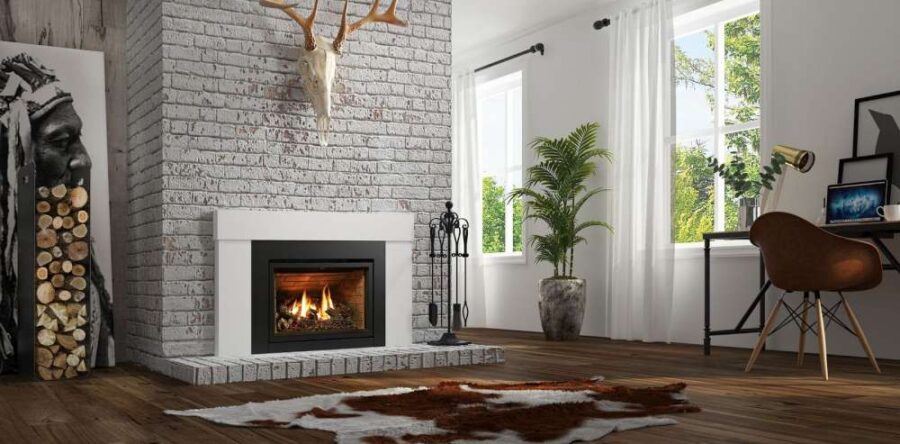

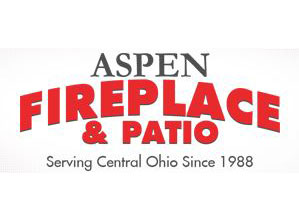
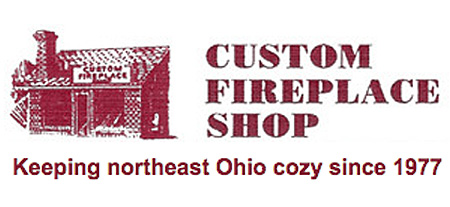
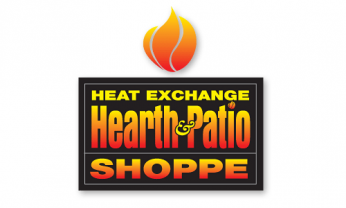




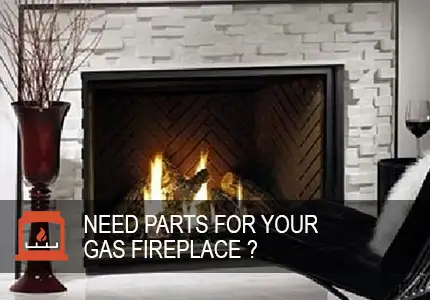
1 Response